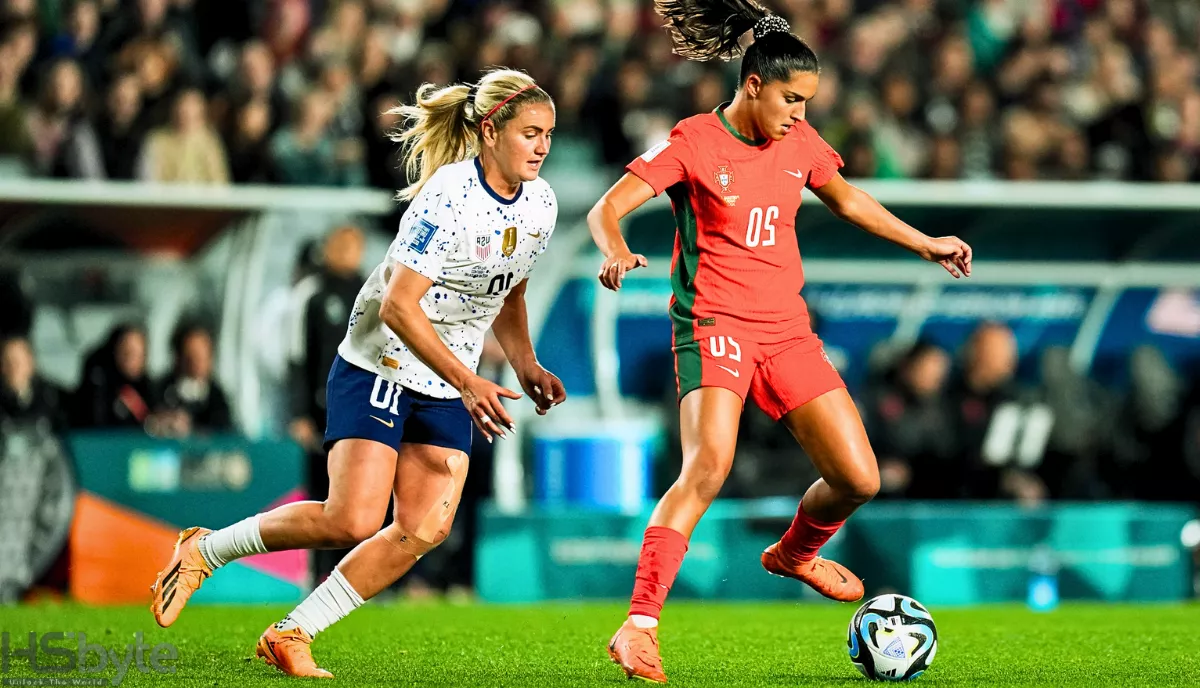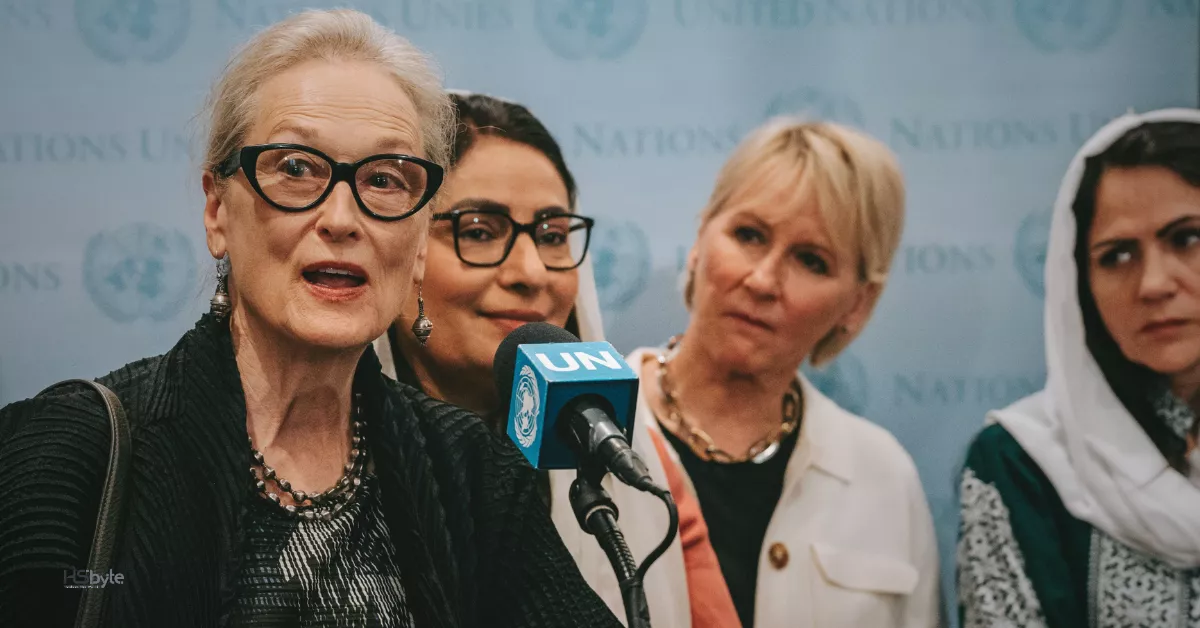

- Share
The Financial Health of Women's Football: Growth and Challenges
The financial landscape of women’s football is transforming at a rapid pace, attracting significant investment and sponsorship. With the top two tiers of English women’s football under new leadership, the sport is on the cusp of major growth. But with this growth come questions: What does the financial future hold, and can women’s football truly become a big business?
How Financially Healthy is Women’s Football?
The 2022-23 season saw a remarkable 50% increase in revenue for Women’s Super League (WSL) clubs, reaching £48 million. This growth is bolstered by a new £45 million deal with Barclays, which has doubled its previous sponsorship and marks the first major agreement under Women’s Professional Leagues Limited (WPLL), now in charge of the WSL and Women’s Championship.
Yet, as Dr. Christina Philippou, a finance expert in women’s football, points out, the industry is still in its infancy. “We’re seeing profits drop across clubs despite higher revenues, primarily due to increased spending on player wages,” she explained. “While it’s positive for the players and the game, clubs face rising costs outpacing revenue growth.”
Philippou likens this financial strain to typical start-up ventures, where losses are expected in the early stages. However, it’s not sustainable long-term, as the recent financial collapse of former WSL club Reading, now in the fifth tier, serves as a cautionary tale.
Ownership Models in Women’s Football
Women’s football ownership has become more diverse in recent years. Out of 23 clubs in the WSL and Women’s Championship, 21 are affiliated with men’s teams. Clubs like Arsenal, Tottenham, and Manchester United have unified ownership of their men’s and women’s teams, a structure that benefits from shared resources and facilities.
On the other hand, there are independent teams, such as Durham WFC and London City Lionesses. London City, owned by American businesswoman Michele Kang, operates as part of a multi-club model focused on women’s football, alongside Washington Spirit and Lyon. This approach has gained praise for its innovation, with Kang emphasizing investment in sports science and female physiology as key areas of growth.
Additionally, Mercury/13, an investment group with plans to invest over £80 million in European women’s clubs, recently acquired FC Como Women in Italy. Their model aims to commercialize the women’s game by building partnerships and attracting sponsors.
Pros and Cons of Different Ownership Models
The rise in revenue for WSL teams is largely driven by the backing of men’s football clubs, which allows for faster growth and access to greater resources. Arsenal, for instance, has increased its income significantly by hosting women’s matches at the Emirates Stadium, an advantage that independent clubs don’t enjoy.
However, dependency on men’s clubs comes with risks. Former Lewes FC CEO Maggie Murphy warns that if the men’s side faces financial difficulties, the women’s team may also suffer. This reliance creates instability, as evidenced by Reading’s financial struggles.
In contrast, multi-club ownership, as demonstrated by Michele Kang, offers more independence and control. London City Lionesses recently invested in their own training facilities and are looking to acquire a stadium. Kang’s focus on innovation and independence is viewed as a potential game-changer for the overall health of the women’s football ecosystem.
However, there are challenges to independent ownership too. Mercury/13, while ambitious, admits that their strategy of commercializing clubs carries risk. Success will depend on whether they can turn that ambition into sustainable growth.
The future of women’s football is filled with optimism, but the road ahead is not without hurdles. Dr. Philippou remains hopeful, stating, “There’s immense potential in women’s football. It offers better value for money than men’s football right now, but sustainable growth is key.”
Murphy agrees, adding, “Women’s football has been held to higher standards, despite receiving far less investment over the last century. But it’s here to stay, and it’s only going to grow. The time is right for investors, but there’s a lot more to build.”
As the sport continues to develop, the financial future of women’s football looks promising. However, the industry must navigate the challenges of rapid growth, ensuring it becomes a more mature, self-sustaining ecosystem in the years to come.
You May Also Like


Predictable Revenue: How ValueBuilt Is Redefining Predictable Revenue for Modern Businesses

D’Angelo: Neo-Soul Legend Who Redefined Music

Israeli Hostage Couple Reunited After 738 Days

Raila Odinga Dies at 80: Kenya Mourns Political Giant

Trump Demands Hamas Disarm Amid Brutal Gaza Crackdown
Latest Update

10 Best TV Shows Rivals to The Diplomat This October

Adil Rashid Retirement Plans: England’s Leg-Spinner Eyes More Wins

Afghan Women Rights Under Attack: Meryl Streep Condemns Taliban

Andres Iniesta Retires: Football Legend Ends Iconic Career at 40



Atletico Madrid vs Real Madrid: Dramatic Equaliser in Heated Derby

